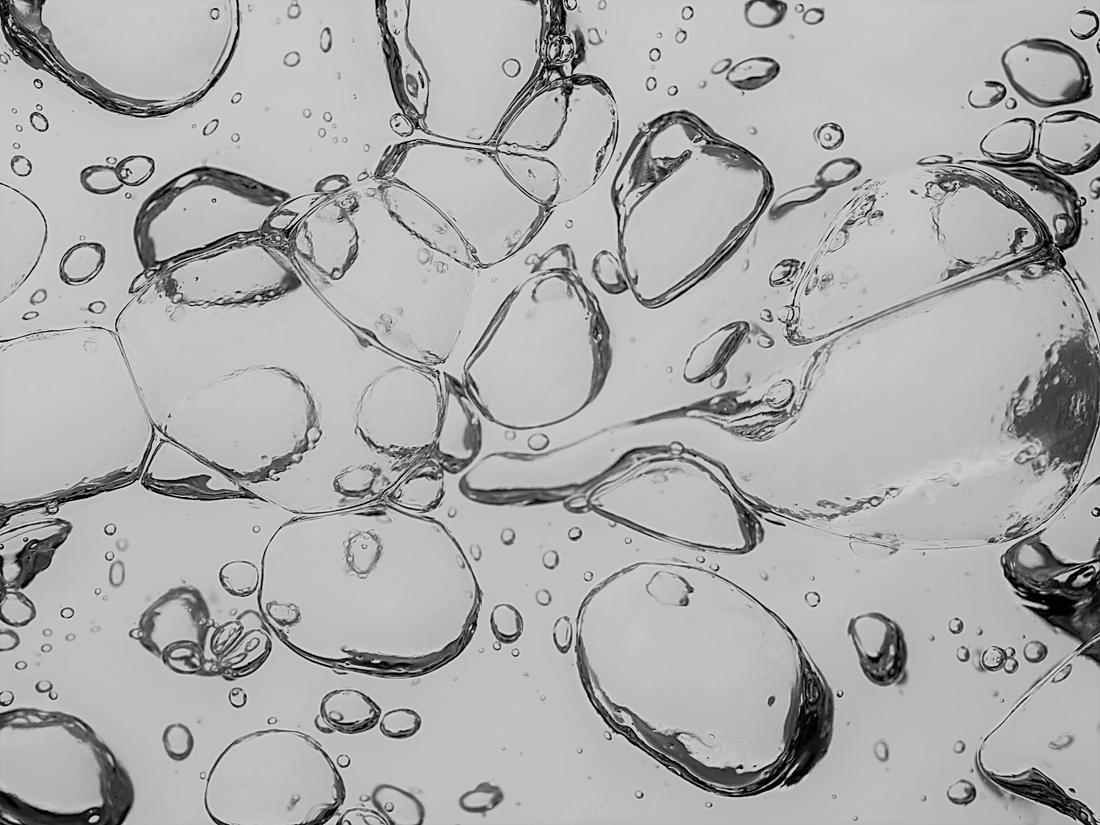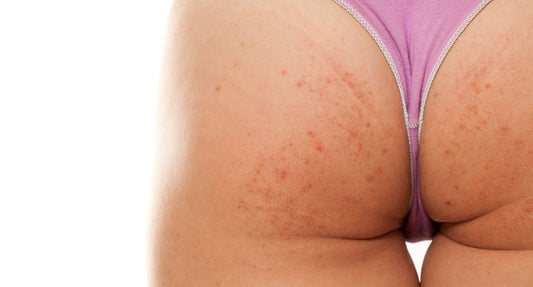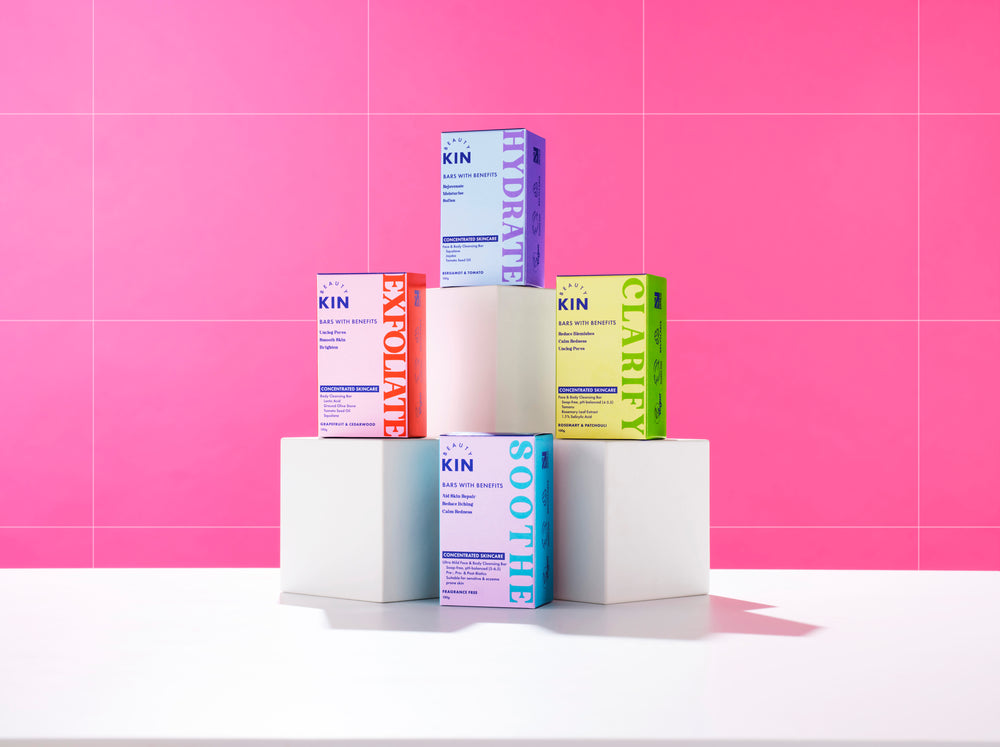Understanding Salicylic Acid in Skin Care

During your routine morning cleanse, your fingers pass over your forehead, an area that regularly experiences outbreaks of acne. To your dismay, the skin there is starting to feel oily again and when you move closer to the mirror, you notice blackheads beginning to poke through. You can’t really understand why because you have been so rigorous with washing your face and body. Could it be something in your skin care products? Is there a particular active ingredient to look for in cleansers and face washes that will treat and stop acne from recurring?
What is salicylic acid?
Salicylic acid is a beta hydroxy acid (BHA) that is derived from willow bark. In an alpha hydroxy acid (AHA), where the acid and hydroxy parts of the molecule are separated by a single carbon atom. In a BHA, there are two carbon atoms separating them. This molecular structure means that BHAs are oil-soluble and therefore, salicylic acid products can effectively get into the pores of the skin to unclog them.
So, what does salicylic acid do? It can:
- Dissolve dead skin cells
- Reduce redness and inflammation
- Stop pimples from forming
Due to these powers, salicylic acid cleansers and salicylic acid face wash are often recommended to ensure thorough cleansing while keeping acne at bay. Our Clarifying body bar treats your skin to a gentle, smooth lather with salicylic acid as an active ingredient to target any blemishes.

Salicylic acid for skin
Salicylic acid is often used to treat mild to moderate cases of acne, blackheads and whiteheads. Its oil-soluble molecular structure allows it to pass through the surface of the skin and unclog the pores. It also acts as an anti-inflammatory, working to make pimples and redness heal faster.
In fact, there is even evidence that salicylic acid can penetrate the skin deep enough to break down the connections between skin cells, triggering exfoliation.
Therefore, salicylic acid can also be used as an exfoliant in the treatment of:
- Acne and acne scars
- Age spots
- Conditions like melasma
Skin cells that are prone to acne stick together and clog up the pores, which is how blackheads form. During the exfoliation process, salicylic acid products work to remove and loosen skin cells and thereby, naturally dissolve blackheads. Due to salicylic acid’s antibacterial properties, it is somewhat effective on cystic acne (severe acne), but it works best on blackheads and whiteheads.
How to use salicylic acid products
There are many salicylic acid face washes, salicylic acid body washes and salicylic acid cleansers on the market. Be sure to read the instructions on how to use each individual product.
When using a salicylic acid cleanser, ensure that the skin is wet before gently massaging into the area for 10-20 seconds. When a full lather is in the works, rinse it off and pat dry. Be careful not to scrub the skin, as this can aggravate inflamed skin.
In order to qualify as an effective acne treatment, a product must contain 0.5%-2% of salicylic acid.
If you are prescribed salicylic acid as a medication, be sure to stick to the dosage recommended by your doctor. It is possible to use too much salicylic acid and this can cause symptoms such as:
- Dry skin
- Redness
- Skin peeling
Myths surrounding salicylic acid
There are a few myths surrounding salicylic acid that may deter some people from using skin care products that contain it. However, they are largely borne from misinformation. So, let us clear some of them up for you!
- Salicylic acid isn’t good for sensitive skin. Perhaps this idea comes from the fact that the word ‘acid’ suggests that it is a strong, harsh substance. In reality, salicylic acid is a very mild and gentle ingredient that is safe to use for all skin types and is actually a natural anti-inflammatory.
- Salicylic acid is for clearing up blemishes. While salicylic acid does a great job of making the skin blemish free due to its antibacterial powers, it also does a host of other things for the skin! Salicylic acid also clears away dead skin cells and soothes inflammation, combatting acne and signs of aging.
- Salicylic acid works like other exfoliants. As a BHA and oil-soluble ingredient, salicylic acid works slightly differently to AHAs like lactic acid and glycolic acid. BHAs can burrow deeper into the skin than AHAs, meaning that they can address the root of blemishes.
If you’re unsure about using salicylic acid products, you can do a patch test on a small area of skin to see how you react and slowly build up if your skin can tolerate it. It’s unlikely that your skin will have an adverse reaction to salicylic acid itself but consult your doctor, if you notice any itching or redness after using any skin care product.
Beauty Kin loves salicylic acid!
We love singing salicylic acid’s praises and know that it can greatly improve the appearance and severity of acne and blemishes. Our Clarifying body bar, created for targeting blemishes and restoring clarity to acne-prone skin, contains salicylic acid as an active ingredient. This noncomedogenic body bar is completely soap-free and specially formulated to go easy on your skin.
Salicylic acid teams up with tamanu to reduce redness and improve the appearance of acne scarring. It also joins neroli in providing antibacterial and anti-inflammatory benefits as well as locking moisture into the skin.
If you need to zap away blemishes and soothe skin after the inflammation of acne, the Clarifying body bar is an excellent solution.

Skin that is prone to excess oil production and clogged pores will benefit from a salicylic acid treatment. Next time you’re looking for a new cleanser, face wash or body wash, keep an eye out for salicylic acid on the ingredients list. This gentle yet powerful acid will work wonders at clearing away dead skin cells, getting right into the heart of the pores and providing a welcome relief for inflamed skin. It’s time to banish blackheads and blemishes and introduce your skin to its new best friend -salicylic acid!





